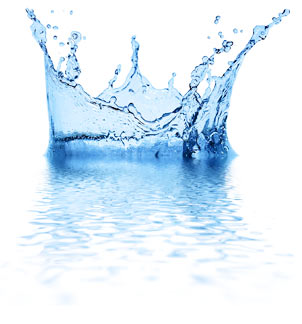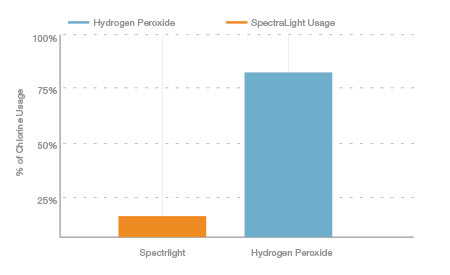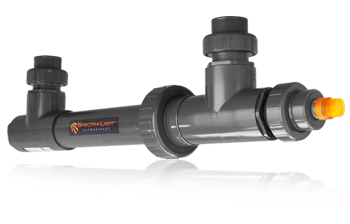Shopping Cart
All orders qualify for risk-free 30 day trial & complimentary US shipping!
-- No items so far --
Total:
0
Support
Need help? Our Pool Experts are here to help.
All orders qualify for risk-free 30 day trial & complimentary US shipping!
-- No items so far --
Total:
0
Need help? Our Pool Experts are here to help.
While there are various products on the market for reducing chlorine in pools, most are not based on sound science. Some concepts, such as salt water pools are misunderstood. Salt water pools simply create chlorine through electrolysis. The end result is a chlorinated pool. The technology we review here is well established, proven, and commonly used in commercial pools and spas. The first option involves eliminating all chlorine, and the second method lowers chlorine to levels found in drinking water. Although the second option is not truly chlorine free, you’ll want to hear about it because it’s the better option for most pool owners who want a pool that is safe, healthy and easy to manage. It’s also the cutting-edge technology chosen by more than 60% of modern aquatic centers.

First, lets define the desired outcome of a chlorine free pool. Many pool owners want to eliminate the toxic chemicals or chlorine by-products. Maybe you’ve read about the recent scientific studies that expose the dangers of swimming in chlorinated pools. Or maybe you’re tired of the chlorine odor, skin irritations, rashes, burning eyes, and bleached-out bathing suits. Or maybe you’re trying to lower your pool chemical bill or cut down on maintenance. You may be surprised to learn that all of this can be accomplished by one of two ways: a truly chlorine free pool or an ultra-low chorine pool.
- Dr. Alfred Bernard
The most effective method of achieving a chlorine free pool is the powerful combination of ultraviolet disinfection and hydrogen peroxide. You're probably familiar with hydrogen peroxide as a topical antiseptic for disinfecting a cut or bleaching hair. What you may not know is that hydrogen peroxide is a powerful oxidizer that can be combined with ultraviolet light to create a chlorine free swimming pool. The combination of hydrogen peroxide and ultraviolet light produces reactive oxygen radicals that both oxidize and disinfect. These radicals are extremely powerful oxidizers that have an enhanced ability to destroy pathogens.
Chlorine is the most powerful sanitizer for swimming pools. Hydrogen peroxide requires a relatively high dosage when compared to chlorine. A typical chlorine free pool requires a 30-40 ppm hydrogen peroxide residual. Hydrogen peroxide has only 30% of the sanitizing power of chlorine. In comparison, a pool using ultraviolet disinfection and chlorine requires only a 0.5 ppm chlorine residual. According to the World Health Organization, this is all it takes to be effective. If you're using UV disinfection, you'll need only one drop of chlorine in every 26 gallons of water. It’s also important to remember that hydrogen peroxide is not compatible with DE filters.

Through the past few years, one technology has distinguished itself as the gold standard in swimming pool disinfection –ultraviolet light. In most pools, chemicals are expected to do all the work. But more than 99% of the organic matter in pools and spas are destroyed by powerful ultraviolet systems. Ultraviolet does the heavy lifting so chlorine and chemicals can be reduced by 80-90%. Chlorine levels can be lowered to just 0.5 ppm, about the level found in drinking water. For most pool owners, an ultra-low chlorine pool can provide all the benefits of a chorine free pool. Scientific studies have proven that an ultra-low chlorine pool (with drinking water chlorine levels) doesn’t have any of the side effects of regular chlorinated pools, and they are easy to maintain.
There are a number of alternatives for swimming pool sanitation. Compare UV to chlorine, ozone, ionization and other technologies here.
